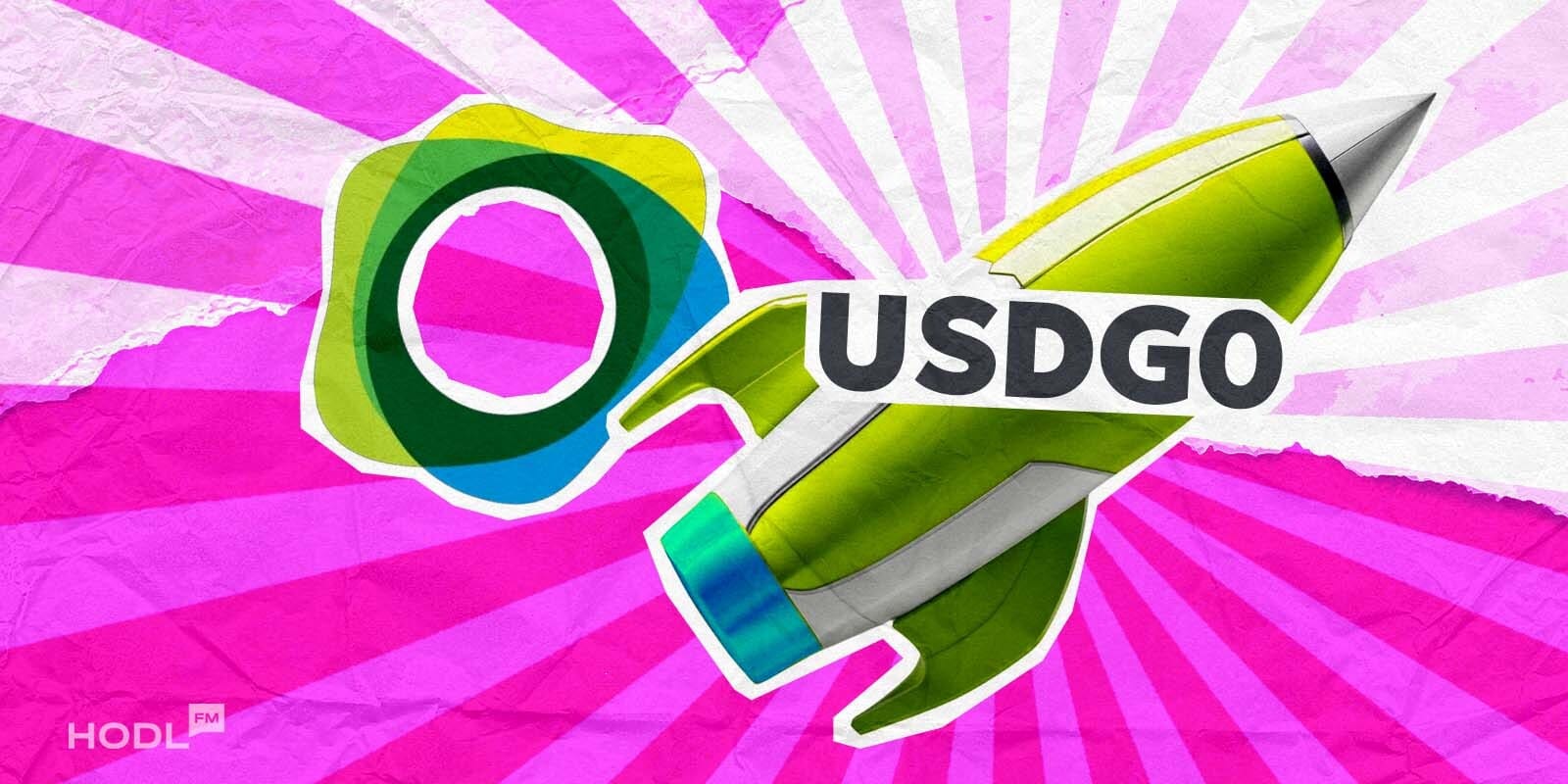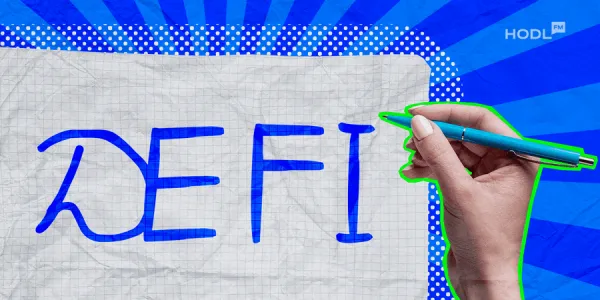Klarna, the Sweden-based digital bank best known for its “buy now, pay later” services, has launched a U.S. dollar-backed stablecoin called KlarnaUSD. The move marks Klarna’s first major step into crypto and blockchain infrastructure, representing a significant shift for its leadership. CEO Sebastian Siemiatkowski, who previously criticized crypto technology, now says the sector is finally ready for global payments.
The launch makes Klarna the first bank to issue a stablecoin on Tempo, a new blockchain developed by Stripe and Paradigm. KlarnaUSD is designed for global payments, not speculative trading. It aims to reduce reliance on traditional networks like SWIFT and card systems that generate roughly $120 billion a year in cross-border transaction fees.
“With 114 million customers and $118 billion in annual GMV, Klarna has the scale to change payments globally: with Klarna’s scale and Tempo’s infrastructure, we can challenge old networks and make payments faster and cheaper for everyone,” said Klarna co-founder and CEO Sebastian Siemiatkowski. “Crypto is finally at a stage where it is fast, low-cost, secure, and built for scale. This is the beginning of Klarna in crypto, and I’m excited to work with Stripe and Tempo to continue to shape the future of payments.”
Introducing KlarnaUSD, our first @Stablecoin.
— Klarna (@Klarna) November 25, 2025
We’re the first bank to launch on @tempo, the payments blockchain by @stripe and @paradigm.
With stablecoin transactions already at $27T a year, we’re bringing faster, cheaper cross-border payments to our 114M customers.
Crypto is…
KlarnaUSD’s structure and rollout plan
KlarnaUSD is a fully U.S. dollar-backed stablecoin built on Open Issuance by Bridge, a stablecoin platform developed by Stripe. Bridge handles compliance, reserve management, and redemption functions, which allows Klarna to deploy its branded stablecoin without managing the operational complexity of running a full stablecoin program internally.
The stablecoin currently operates on Tempo’s testnet and will go live on the mainnet in 2026. KlarnaUSD is not yet publicly available or tradable. The stability mechanism ensures one-to-one redemption with U.S. dollars through regulated custodians managed by Bridge.
For now, Klarna will use KlarnaUSD within its internal network to manage cross-border settlements, merchant payouts, and refunds. The token will replace parts of the existing banking infrastructure that rely on slow, multi-day settlement cycles. The company plans to expand KlarnaUSD’s reach over time to include consumer transactions and direct merchant payments once the system proves stable.
Why Klarna is turning to stablecoins
The move follows new McKinsey research estimating that annual stablecoin transaction volumes have surpassed $27 trillion, a threshold that could position stablecoins as a major replacement for legacy payment systems in the coming years. Klarna sees the opportunity to merge fintech scale with blockchain efficiency.
Cross-border payments remain slow and expensive, often requiring multiple intermediaries and compliance steps. Klarna’s leadership believes blockchain-based settlement can remove these inefficiencies. The company states that Tempo’s infrastructure will enable real-time global transfers with low fees and near-instant reconciliation.
In its release, Klarna said that stablecoins allow it to “dramatically reduce costs for both consumers and merchants.” A person familiar with the matter told the Financial Times that KlarnaUSD’s adoption could allow the firm to reduce internal settlement costs by cutting out systems such as SWIFT.
Industry context and competitors
Klarna joins a growing list of payment firms betting on stablecoins as a core part of next-generation financial infrastructure. Companies including PayPal, Stripe, Revolut, and Wise have announced similar projects. Klarna’s entry is notable, as it’s the first regulated bank to operate directly on Stripe’s blockchain stack.
Stablecoins are privately issued digital assets backed by short-term securities or cash-like instruments, mostly pegged to the U.S. dollar. According to Citigroup data, total issuance reached $280 billion in September, up from $200 billion at the start of the year.
Western Union recently said it would issue a stablecoin on Solana, and major U.S. banks have begun exploring stablecoin issuance under new legal frameworks introduced this year. Klarna’s decision aligns with this broader institutional trend toward blockchain-based settlement systems.
Klarna’s next steps
The company confirmed that KlarnaUSD remains limited to Tempo’s testnet and is not yet available to the public. Future announcements will come once the token moves to Tempo’s mainnet and begins external integration.
Klarna also said it will reveal additional crypto-related partnerships in the coming weeks. The company believes this first step will help set the foundation for a more efficient and cost-effective global payments network powered by stablecoins.
Forward-looking statements from Klarna’s release caution that future developments depend on market conditions, regulatory changes, and technical progress.

Disclaimer: All materials on this site are for informational purposes only. None of the material should be interpreted as investment advice. Please note that despite the nature of much of the material created and hosted on this website, HODL FM is not a financial reference resource, and the opinions of authors and other contributors are their own and should not be taken as financial advice. If you require advice. HODL FM strongly recommends contacting a qualified industry professional.





